Part 1 of 2 Parts
The movie Oppenheimer, its star Cillian Murphy and spectacular director Christopher Nolan, have picked up 13 Oscar nominations. Released in the US in July, it won’t be released in Japan until March 29. The reasons lie in Japan’s long and tormented relationship with nuclear weapons, and nuclear power. It seems that the long wait arose from anger over the marketing tie-up “Barbenheimer” with the Barbie film. Many Japanese felt the combo promotion trivialized the nuclear bombings of Hiroshima and Nagasaki. The design and development of the atomic bomb was led by J. Robert Oppenheimer, whom Mr. Murphy portrays in the film. However, some Japanese suggest the government was also glad for the film’s release to be delayed because it would not interfere with its plans to restart shuttered nuclear reactors.
In spite of its wartime trauma, Japan enthusiastically adopted civil nuclear power following World War II. Its first nuclear power plant went online in 1966, and it nuclear fleet expanding after the first oil crisis in 1973. This revealed its overdependence on suddenly expensive imported crude oil. By 2010, one fourth of its electricity came from its fleet of reactors.
When the magnitude 9 Tohoku earthquake hit in March 2011, it suffered another nuclear shock. The resulting tsunami flooded the cooling systems at the Fukushima nuclear plant which resulted in a meltdown and several explosions. Only one person was confirmed to have died from radiation exposure. However, all fifty four of the country’s reactors were shut down for checks and safety upgrades against any possible repeat.
Following the loss of its nuclear reactor fleet, Japan suffered electricity shortages and had to introduce stringent conservation measures. Japan increased imports of liquefied natural gas (LNG), causing a spike in worldwide prices.
Another earthquake shook the Noto Peninsula on January 1st of this year. The Noto earthquake was much smaller than the Tohoku quake at magnitude 7.6. It was still the biggest in the area since records began in 1885. It caused some damage to the shuttered Shika nuclear power plant nearby.
In spite of these setbacks, the Japanese government has remained keen to bring its commercial nuclear power plants back online. This would reduce the country’s energy import bill and bring it closer to its net-zero carbon goals. These goals were made even more acute in 2022 by the huge rise in gas prices as Europe sought alternative gas to replace supplies cut off by Russia.
Of the thirty-three Japanese nuclear reactors that remain operable, twelve have come back into operation since the Fukushima accident. In January, the restart of another plant, Onagawa 2, was delayed for several months because safety upgrade work was not yet completed. The goal of restarting almost all the remaining reactors by 2030 looks very difficult to reach, as public opposition continues.
Renewables, particularly solar power, have boomed in Japan. However, Japan still remains short of generation capacity when accidents or cold weather grips the nation. Even with these difficulties, the combination of reactor restarts and expanded renewables capacity has had an impact.
Please read Part 2 next
Blog
-
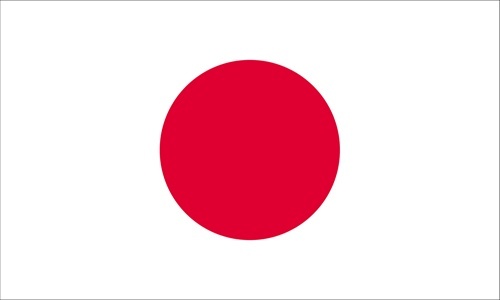
Nuclear Reactors 1347 – Japan Struggles To Restart Its Nuclear Power Reactor Fleet – Part 1 of 2 Parts
-
Nuclear News Roundup February 19, 2024
Nuclear SMR welding breakthrough: A year’s work now takes a day newatlas.com
Feds accuse alleged Japanese crime boss of conspiring to traffic nuclear material bgdailynews.com
Iran dismisses plan by UN nuclear watchdog head to visit next month jpost.com
U.K. defense chief declares confidence in Trident nuclear missiles after reports of failed test off Florida cbsnews.com
-
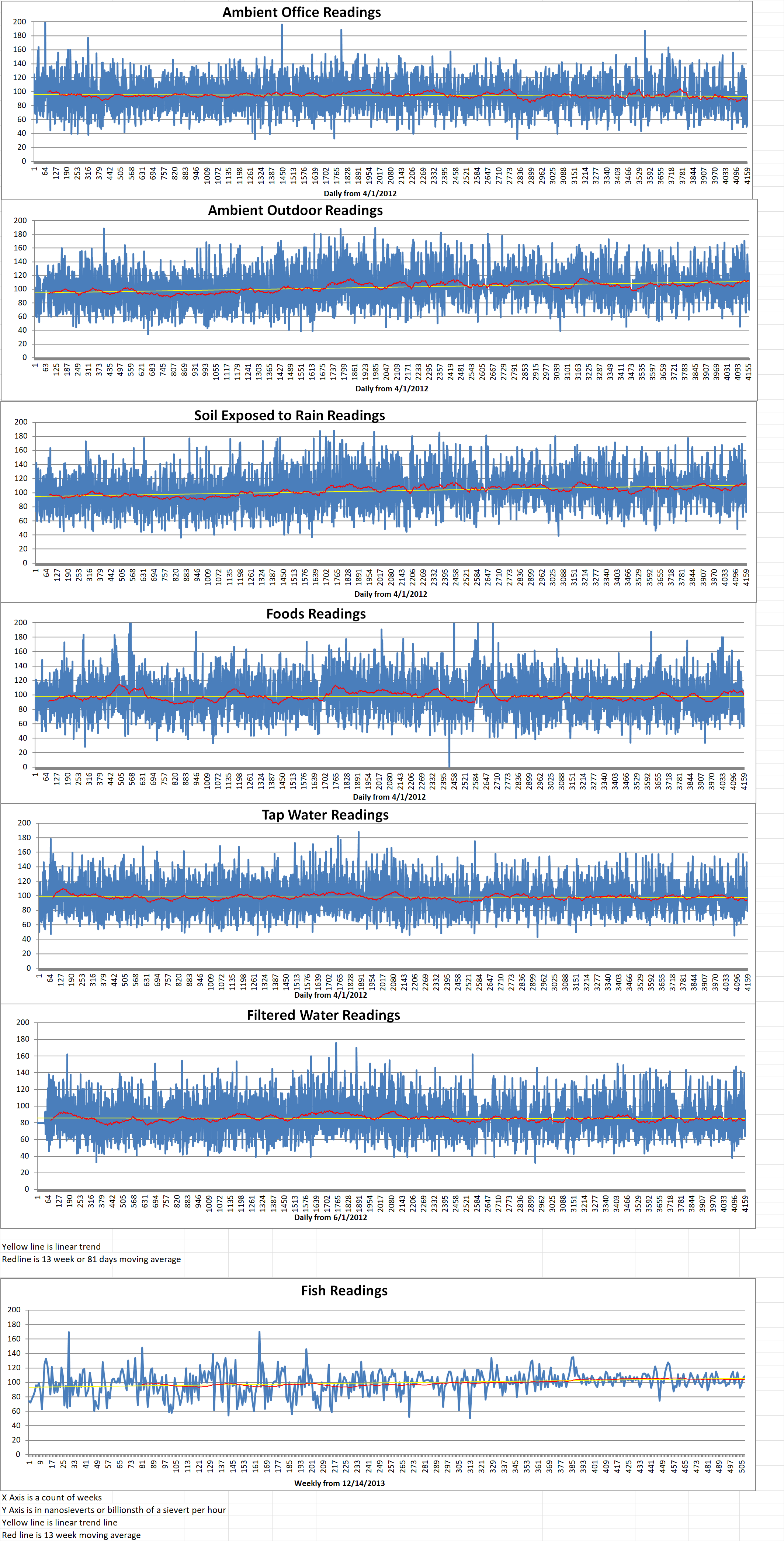
Geiger Readings for February 19, 2024
Ambient office = 95 nanosieverts per hour
Ambient outside = 123 nanosieverts per hour
Soil exposed to rain water = 125 nanosieverts per hour
Avocado from Central Market = 80 nanosieverts per hour
Tap water = 95 nanosieverts per hour
Filter water = 84 nanosieverts per hour
-
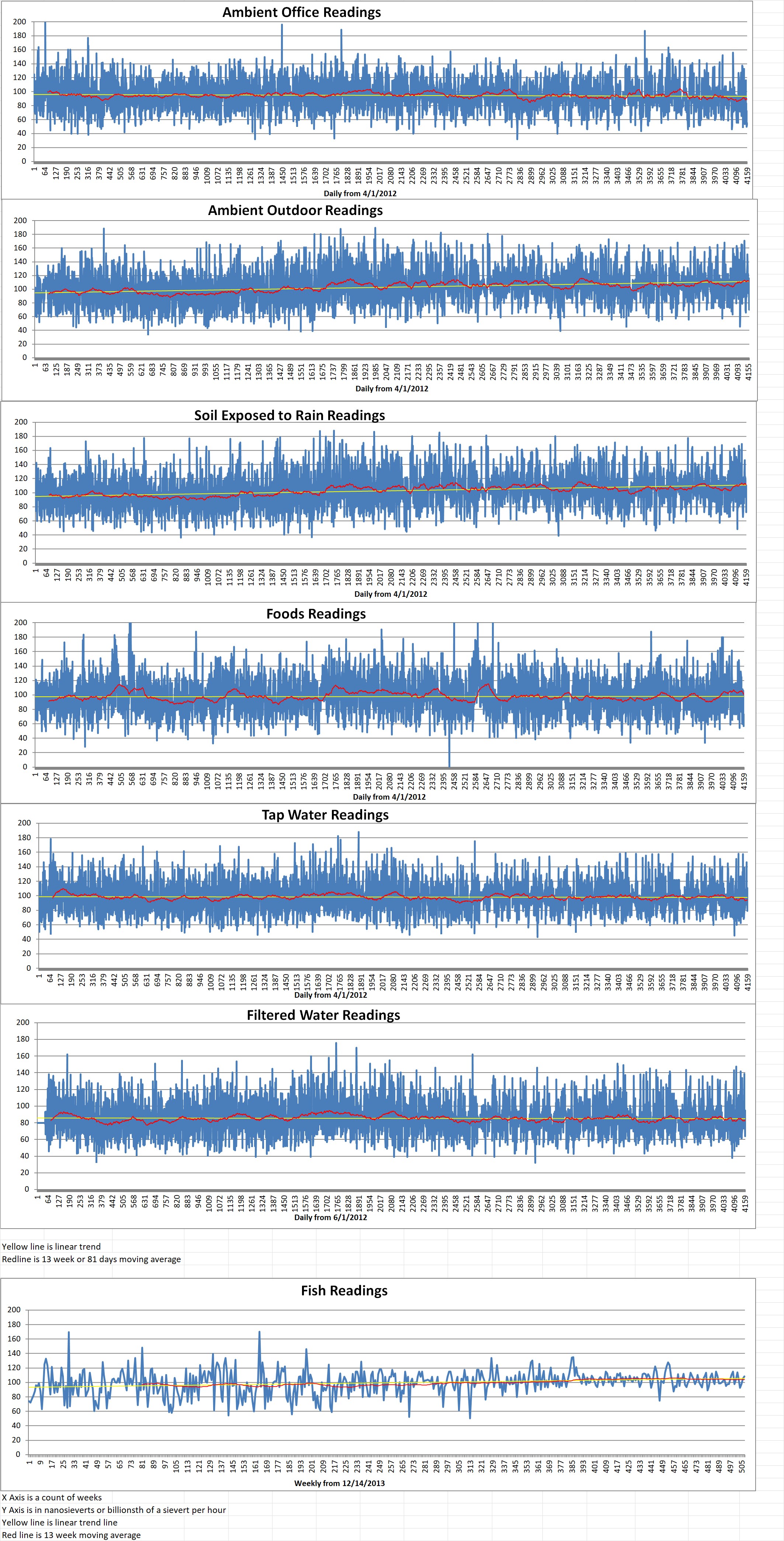
Geiger Readings for February 18, 2024
Ambient office = 52 nanosieverts per hour
Ambient outside = 70 nanosieverts per hour
Soil exposed to rain water = 73 nanosieverts per hour
Avocado from Central Market = 57 nanosieverts per hour
Tap water = 111 nanosieverts per hour
Filter water = 95 nanosieverts per hour
-
Nuclear News Roundup February 18, 2024
Morocco’s Energy Minister: Nuclear Energy Is Catalyst to Sustainable Development moroccoworlenews.com
Former Ontario nuclear plant operator employee charged in secretive leak case globalnews.com
Westinghouse Awarded Contract to Evaluate AP1000® Reactors in Support of Netherlands’ Energy Future westinghousenuclear.com
What could the ‘nuclear renaissance’ hold for Tennessee? Thousands of high paying jobs knoxnews.com
-
Nuclear News Roundup February 17, 2024
Cadre agrees to buy nuclear safety solutions company jaxdailyrecord.com
Putin says ‘categorically against’ putting nuclear weapons in space timesofindia.indiatimes.com
IAEA Names First AI Collaboration Centre for Nuclear Power miragenews.com
Southern Co. (SO) Nuclear Plant Achieves Initial Criticality finance.yahoo.com
-
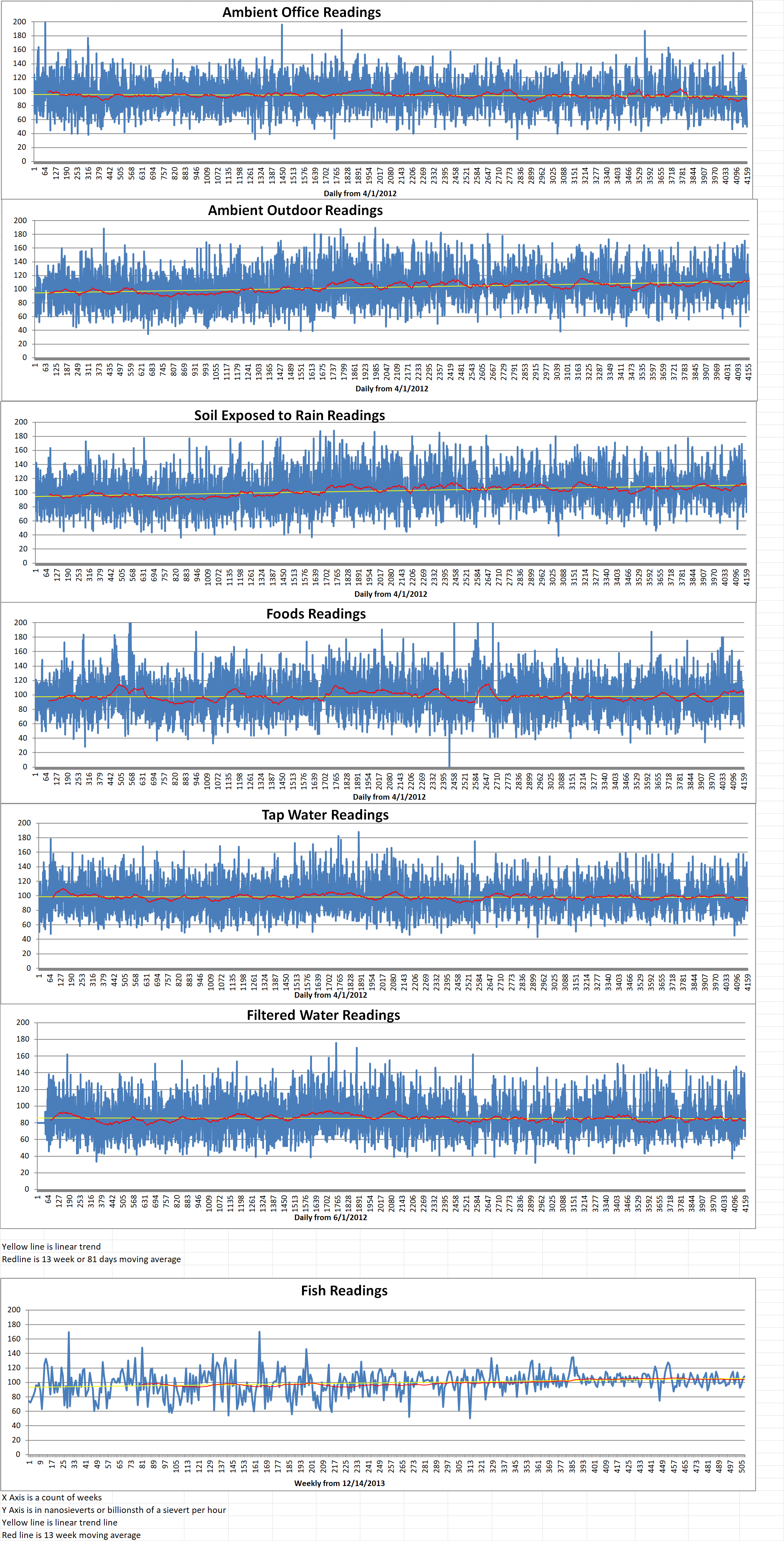
Geiger Readings for February 17, 2024
Ambient office = 55 nanosieverts per hour
Ambient outside = 116 nanosieverts per hour
Soil exposed to rain water = 110 nanosieverts per hour
Avocado from Central Market = 73 nanosieverts per hour
Tap water = 79 nanosieverts per hour
Filter water = 64 nanosieverts per hour
Dover Sole from Central = 108 nanosieverts per hour
-
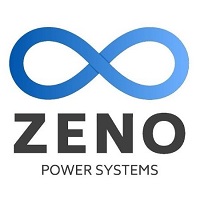
Nuclear Reactors 1346 – Zeno Power Is Working On A Radioisotope Nuclear Battery
Zeno Power’s first full-scale radioisotope power systems will be fueled by strontium-90 (Sr-90). The fuel is recycled from a legacy radioisotope generator under a new public-private partnership with the US Department of Energy Oak Ridge Office of Environmental Management (OREM). Zeno has also announced a partnership with Westinghouse to fabricate the heat sources for its systems.
Radioisotope power systems (RPSs) use the heat from radioisotope decay to generate power. They can be used to supply clean energy for applications in off-grid environments. The use of Sr-90 in RPSs is not new. However, historical systems were heavy, which limited their applications. Zeno was established in 2018. It says that its key innovation is a novel design that increases the specific power of Sr-90 heat sources, enabling broad use of its RPSs in space and terrestrially.
Zeno demonstrated its first Sr-90 heat source at Pacific Northwest National Laboratory in October 2023. It aims to commercialize its technology by 2026. Zeno intends to use the Sr-90 from the legacy equipment to deliver on contracts with the US Department of Defense (DOD).
The partnership with OREM will see Zeno use Sr-90 recovered from their Byproduct Utilization Program. The BUP-500 is a five hundred watt radioisotope thermal generator which was built in the mid-1980s at the Oak Ridge National Laboratory. The equipment was never deployed and has remained in storage at the Tennessee site since it was constructed. Before this new partnership, OREM had anticipated that it would remain in storage for another 30 years before it could be disposed of.
OREM and environmental cleanup contractor United Cleanup Oak Ridge (UCOR) recently transported the BUP-500 generator from the Tennessee lab to a commercial nuclear facility for processing. The transfer will accelerate the demolition of the facility where it was previously stored. It will avoid the costs associated with disposal and significantly reduce liability at ORNL, OREM said.
Jay Mullis is an OREM Manager. He said, “This is a win-win scenario that’s removing a significant source of radioactivity at a savings to taxpayers, while also supporting nuclear innovation.
Tyler Bernstein is a Zeno co-founder and CEO. He said, “This public-private partnership enables us to transform legacy radioactive material into clean energy, enabling future national security and scientific missions. We appreciate the commitment and support of so many officials from DOE, OREM, and UCOR who made this partnership a reality.” -
Nuclear News Roundup February 16, 2024
-
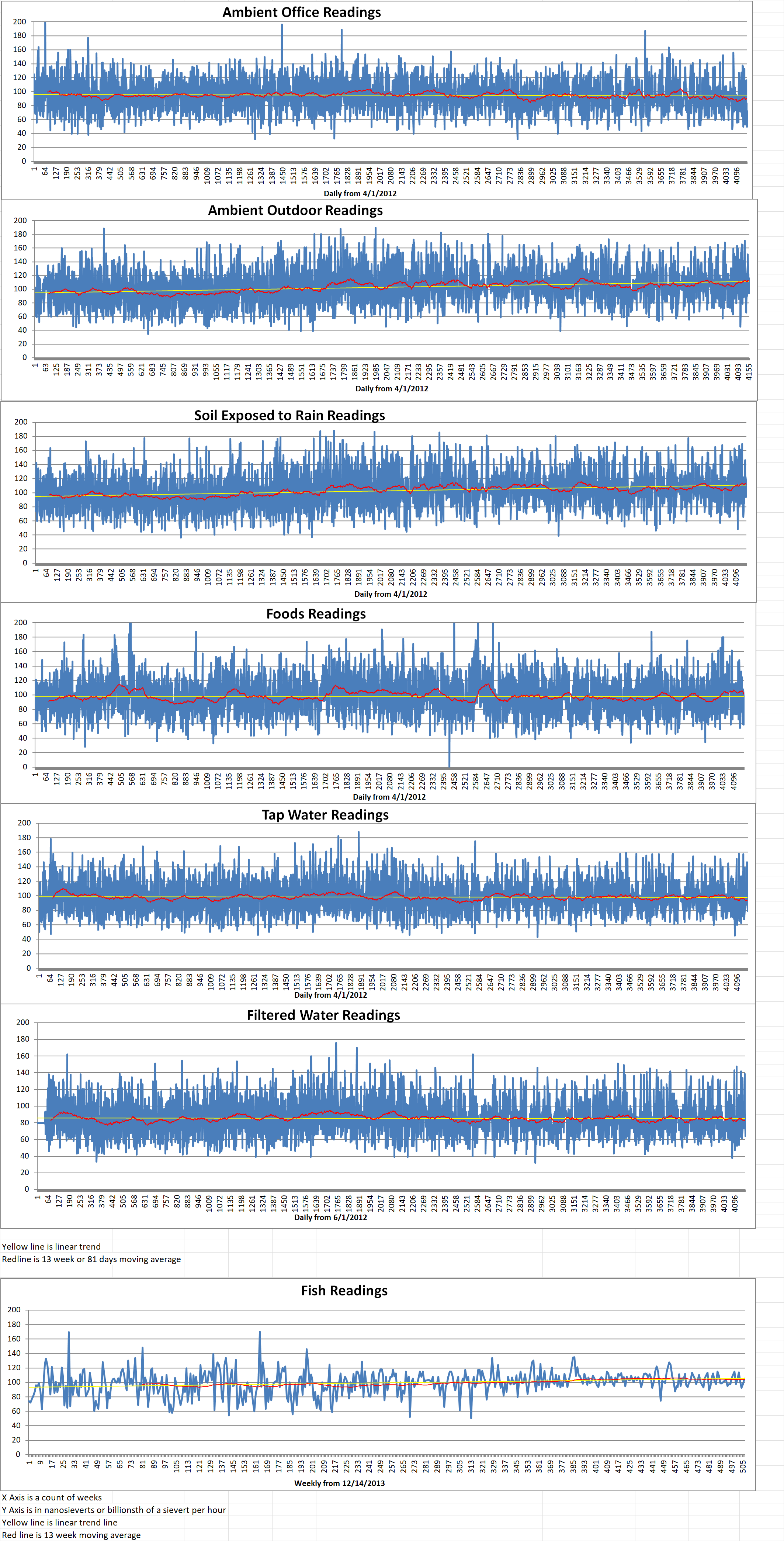
Geiger Readings for February 16, 2024
Ambient office = 72 nanosieverts per hour
Ambient outside = 106 nanosieverts per hour
Soil exposed to rain water = 106 nanosieverts per hour
Redleaf lettuce from Central Market = 96 nanosieverts per hour
Tap water = 101 nanosieverts per hour
Filter water = 86 nanosieverts per hour
